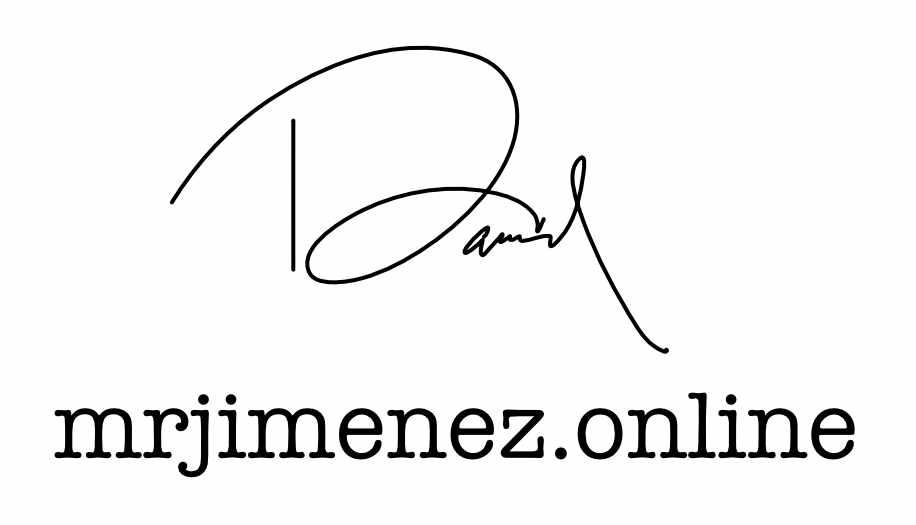Welcome back! Have you ever wondered why the student teaching experience is deemed a cornerstone of teacher preparation programs? This phase is not just a formality; it’s the bridge between theoretical knowledge and practical application. It acts as a trial period, allowing you to immerse yourself in the real-world scenario of teaching. The nature of your experience will vary based on several factors, such as your performance on the Texas Examination of Educator Standards (TExES) Test, the completion of an Alternative Certification Program (ACP), and others. In my journey, rather than going through the traditional Student Teaching Experience, I was directly hired by a district and spent my first year under the guidance of an assigned campus mentor teacher. However, your journey will be unique, and there are key elements to consider:
Real-World Application
When you transition from your ACP to the classroom, you’re bringing your wealth of knowledge into reality. Here, you quickly realize that the theoretical scenarios you studied were idealized, and practical adjustments are necessary for the most crucial outcome: student achievement. Familiarize yourself with the school’s manual to grasp the instructional settings, processes, and systems. Connect with the library staff and the counselor, as they’re often aware of invaluable insights on these processes. While your colleagues will share their practices, remember, their experiences are not yours. From day one, you’re tasked with crafting your own teaching style, integrating what you’ve learned with the nuances of your environment.
Classroom Management Skills
As I’ve discussed in previous blogs, embarking on a teaching career in Texas is a journey filled with learning. You won’t remember everything from your ACP in the short time you have, but keep your classroom management plan—a product of your ACP—close during the initial weeks. While some routines from your plan will align with the school’s, others will need adjustment. Your classroom management plan is a dynamic document, evolving during the first month as you tailor it to your students’ needs and the school’s procedures. Through collaboration with colleagues and understanding your students better, you’ll refine your approach, incorporating fresh ideas that enhance your classroom’s learning environment.
Feedback and Growth
Throughout this journey, mentorship is pivotal. You’ll receive feedback from both a mentor and a supervisor, aiding your professional growth. However, it’s crucial to weave this advice into the fabric of your unique teaching style and the needs of your students. While it’s important to consider all guidance, adapt it based on the effectiveness in your classroom setting. Engage in your Professional Learning Community (PLC), sharing your experiences and solutions for collective feedback. Observing other teachers can offer insights, but remember, absorption of these observations will vary. Embrace any virtual professional development opportunities, as they’re instrumental in your long-term growth, despite the initial overwhelm of new experiences.
Building Confidence
Standing in front of your classroom for the first time may evoke a mix of emotions—nervousness, excitement, uncertainty. I’ve been there. Yet, remember, you are the teacher; they are the students. Your confidence will grow as you establish rules and routines through modeling and rehearsal, an approach students respond to positively.
Making the Most of Your Student Teaching Experience
Be proactive in your approach: ask questions, offer help, document everything, and immerse yourself in the school community. The learning curve is steep, but sharing and collaborating with colleagues will ease your transition. Student teaching is more than a stepping stone to certification; it’s a test of your dedication and passion for education. Approach this experience with confidence and an open heart, ready to learn, adapt, and grow.

Leave a Reply
You must be logged in to post a comment.